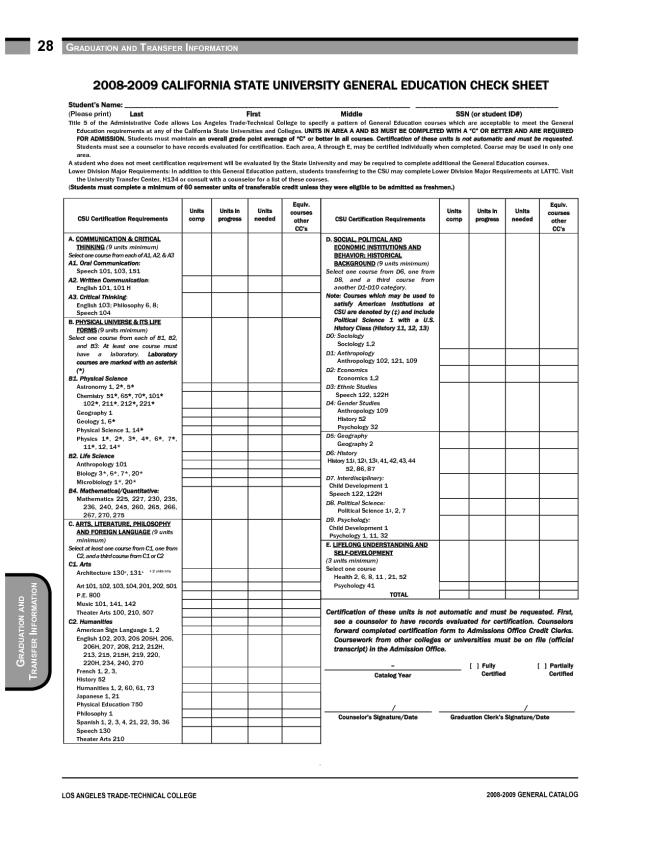Two Years in Finland with Paola Zapata
Paola Zapata – Boliviana en Finlandia

I scored a 550 on my TOEFL but can’t order a cheeseburger at McDonalds! Somebody please help!

Street slang, colloquialisms, idioms, phrasal verbs, you probably didn’t learn these in school! And if you did, you might have learned dated, unreliable, or geographically sensitive ones. Learning appropriate grammar means much more than scoring a 550 on your TOEFL because language is built for communication, not for passing standardized test. It is what it is, man.
Most educators are more than willing to provide students with definitions and examples of appropriate slang usage, and every class I’ve ever taught has dealt with idioms and phrasal verbs formally, but until you know how to speak the lingo in an understandable manner you can’t really speak the common tongue.
Listen for them! A lot of the time tone is directly associated with meaning. Listen for words that seem out of context, or groups of words that don’t seem to fit together. Listening is tough, but the more you practice the easier it gets.
Speak with native speakers as often as possible. Your filter, your confidence, and your ability to ask questions without being shy are going to be key to your success. You must remember that native speakers are going to get frustrated because their native language is so easy for them. Remember to smile and repeat what they say as often as possible. It makes them feel important to be able to answer your questions.
Don’t be afraid to practice collocations. Try them on your peers first and notice their reactions. Yes, you’re taking a chance of saying something obscene or inappropriate, but you’ll never know without making mistakes. From my experience, there is nothing easier to learn than “bad words”. They’re shocking for a reason, and they usually shock your brain into remembering them.
There’s a saying in English, “Walk softly and carry a big stick.” that applies here. Tread lightly on words that may be inappropriate, but make sure you learn them well (you know them in your own language) because “bad words” happen.
The Wizard of Oz

From Iraq to Myanmar, Somalia to Nepal, when I ask my students about their knowledge of the United States before their arrival, there has been one constant: The Wizard of Oz.
I realize this is because I teach in Kansas, but that they even know of Kansas somewhat astounds me. I assume that people even within the United States only know of one thing in Kansas: The Wizard of Oz.
If you’ve never seen this classic film, I suggest watching it in the daylight. Of all the scary scenes in all the scary movies I’ve seen (which is quite a few) the flying monkeys still haunt me most of all.
I’d hate to give you the wiki down-low or spoil the plot (even though it seems as if the entire world has seen the film), but I am always interested in the multicultural and international take on American Culture. So if you have any opinion at all on this classic movie, please feel free to leave a comment or two. Thanks!
General Education Requirements: What you need to get a degree in the USA
Students interested in getting a degree in the United States have countless individual situations to consider carefully before their arrival.
In this post I want to address the most general of general requirements, assuming a student has met whatever language requirements necessary and doesn’t have college credit to transfer from his or her home country. (Language requirements and transfer credits are something I will discuss in the future.)
The picture above is an example of a typical check list for students in the USA. Most of the subtleties of the individual checklist will be addressed in the paragraphs above the list of necessary courses. It is very important that you get to know the checklist! It will save you time and money if you understand what you have to do completely.
Even experienced academic and international student advisors have to closely look at these lists to make sure student have everything they need to continue with their education.
For example, the first thing I noticed when looking at the checklist from Cal State was that they required 60 credit hours before a student is admitted. My current school requires 64 credits before a transfer student is admitted to a bachelor’s program. Without getting into too much detail, the difference between 60 and 64 credit hours can mean the difference between being able to transfer or not. As I said earlier, the process is very individual, and the better you’re able to recognize your individual path, the more likely you are to graduate in a cost effective manner.
Pay close attention to things like difference in Humanities vs. Natural Science credits as they relate to your Bachelor’s Degree, the amount of total credit hours needed, and required NonWestern Civilization and US Constitution credits. The US Government (somewhat ironically for you) wants it’s student to know about the US Constitution and the world outside of the United States!
Remember to ask a lot of questions, and feel free to post something here if you have a general question regarding general academic requirements.
Cheers!
The Cheeseburger
For better or worse, the Cheeseburger is an unavoidable part of American cuisine that international students will happen upon while they are visiting the United States. I’ve compiled a list of the top eight types of cheeseburger so when you sit down to order, you’ll have some idea of what you’re getting yourself into.
1. Big Mac – A trademark of McDonalds, it’s on the list (not because I even really like them) but because it’s the most famous cheeseburger in the world! Try one and decide for yourself.
2. Bacon Cheeseburger – Any type of cheeseburger could be turned into a bacon cheeseburger by adding a couple of slices of bacon. Typically, bacon cheeseburgers have mayonnaise, lettuce and tomato.
3. Boca Burger – In an increasingly health conscious United States, the newcomer on the cheeseburger scene is the veggie burger. Of all the veggie burgers out there, the Boca Burger is the most famous brand.
4. Double Cheeseburger – A double cheeseburger has not one but two patties of hamburger. There are many variations of this burger and as you’ll find out, there’re all very filling.
5. Bleu Burger – Be careful! Bleu Cheese isn’t for everyone! I would suggest taking a smell of some bleu cheese before eating it. And, yes, it’s blue.
6. Jalapeno Burger – As with many of the sandwiches mentioned here, there are many variations of the Jalapeno Burger. All variations will be spicy, so watch your taste buds.
7. Whopper – Burger King, the second most popular fast food restaurant chain in the USA, serves the second most popular Cheeseburger. Try a Whopper and let me know what you think.
8. Swiss and Mushroom – Swiss cheese and mushrooms made their way onto the cheeseburger and they’re here to stay. They’re simple yet have a unique taste
There are so many variations on cheeseburgers that I’m interested in hearing more about what you think about cheeseburgers you’ve tried.
A cheeseburger minus the cheese, simply called a hamburger, is just as popular and there are just as many variations. And remember, although it’s called a HAMburger, there is no pork and hamburgers are friendly to most restricted diets.
Happy eating!
What You Need to Study in the USA – The Basics
Six things you need:
1. You need to apply to the school(s) you are interested in attending. Research schools that you like according to cost, location and program availability.
2. Affidavit of Financial Support. The amount of money you will need is going to vary depending on the price of the program you are expecting to attend.
3. Passport Information Page. This is the page in your passport with your photo and other information.
4. High School and/or College Transcripts. Colleges and universities are going to want to know the history of your education.
5. Application Fee and Receipt. The I-20 fee is typically $150 USD but these fees can be waived or reduced for students/agents with special considerations.
6. If you are not living on campus, most colleges are going to want an Affidavit of Room and Board. The college or university you attend is going to want to know where students are housed, especially considering students are new to the country and environment.
I wrote this to serve as a starting point for students interested in studying in the USA. Of course more documents are going to be needed, but if you are looking for a place to start, researching and applying to schools is the number one priority.
For a more comprehensive list, go straight to the source 🙂 Official rules and checklists are available at http://travel.state.gov/visa/temp/types/types_1269.html

